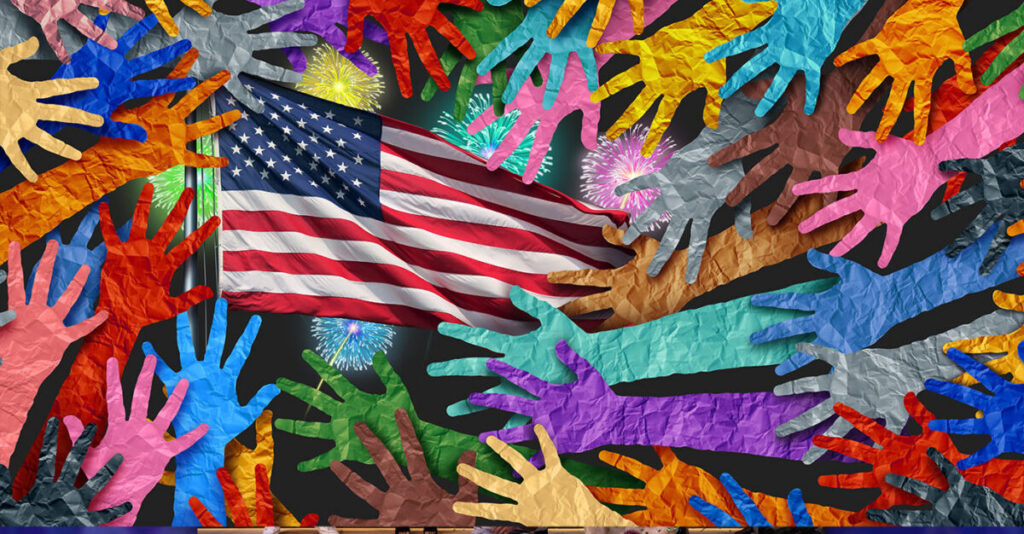By Stacy M. Brown
Black Press USA Senior National Correspondent
Despite the promise of equal opportunity heralded by the Supreme Court’s 1954 decision in Brown v. Board of Education, a new WalletHub report reveals that America’s educational system remains critically unequal—especially for Black students.
The disparities, experts say, have only widened in recent years, worsened by former President Donald Trump’s dismantling of federal education funding and his administration’s attacks on teaching real American history. WalletHub’s analysis ranked states by racial equality in education, using key metrics such as gaps in graduation rates, college degree attainment, and standardized test scores between Black and white students.
Wyoming, New Mexico, and West Virginia top the list for equity, while Connecticut, Minnesota, and Wisconsin rank lowest. According to the report, school districts with predominantly white students receive $23 billion more in funding per year than districts with majority nonwhite students.

“Promoting racial equality in education can have a significant impact on promoting equality in the overall economy,” said WalletHub analyst Chip Lupo. “It is essential to ensure that all school districts receive sufficient funding, the latest technology, and equal opportunities for tutoring and extracurricular activities.”
But instead of addressing these inequities, Trump and his allies have stripped resources from schools, gutted the Department of Education, and fiercely opposed instruction that addresses America’s history of racism, slavery, and systemic inequality.
Their rejection of Critical Race Theory—often a stand-in for broader discussions about race—has sparked book bans, curriculum censorship, and efforts to whitewash the past. Rodney Coates, a WalletHub expert and professor at Miami University, said the system is structurally rigged.
“Race and class are both associated with differential school spending. Poor areas—mostly Black, Native American, and Hispanic—have lower per-pupil spending across our country,” Coates said. “Educational opportunity and a commitment to excellence are the only lasting solutions.”
The report details how states like Connecticut and Wisconsin—among the worst for racial equity—suffer from wide gaps in high school graduation rates and access to advanced coursework. In contrast, states like Hawaii and New Mexico show narrower gaps in test scores and degree attainment.
“It’s not just about race, but the effects are highly racialized,” said Shauna Lani Shames, a WalletHub expert and political science professor at Rutgers University. “Schools remain segregated today by geography and class, which are deeply tied to race due to generations of redlining and discriminatory policies.”
The pandemic and recent economic downturns have exacerbated the problem. As WalletHub expert Tyrone Howard of UCLA explained, the regression in math and reading scores for Black and Brown students is alarming, and without targeted resources—school counselors, academic support, and mental health services—the gaps will only grow.
William McCorkle, also a WalletHub expert and an education professor at the College of Charleston, noted structural barriers in South Carolina that perpetuate inequality.
“Even at the kindergarten level, some children are divided based on gifted and talented programs, which are almost completely based on parental income.”
According to experts, solving these inequities requires more than just increased funding. It demands a commitment to truth, accurate teaching of history, and valuing every student regardless of their background.
“Every person deserves the finest education we can provide,” said WalletHub Expert Dr. Kim Scipes, a professor emeritus of sociology at Purdue University Northwest. “Despite its wide usage, there is no white race, no black race, no brown race—there is only one race, the human race,” Scipes stated.




